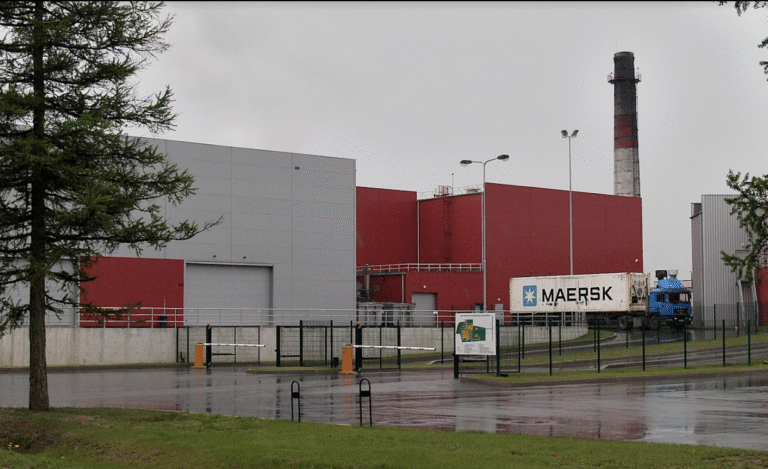Home > Products > Level measurement
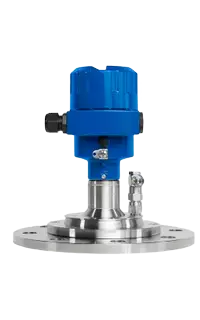
Level measurement
Level gauges – precise monitoring of liquid and bulk material levels. Reliable solutions for optimizing various industrial processes and ensuring operational safety.
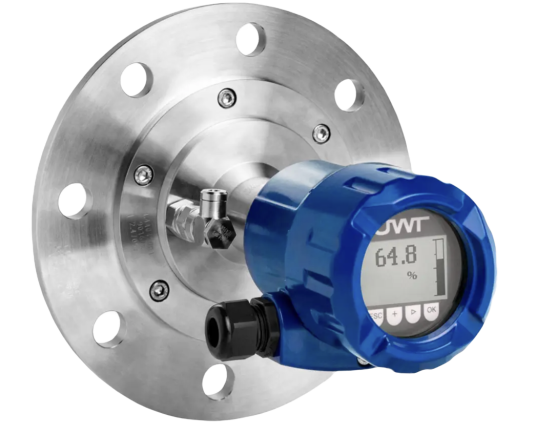
The type of measurement
Measuring principle
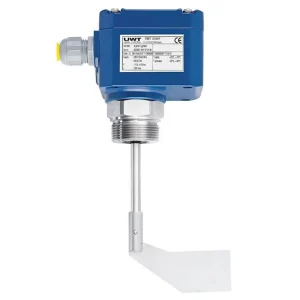
Level gauges
UWT rotary vane level switch Rotonivo® – RN 3001
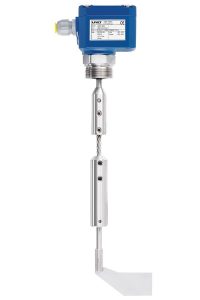
Level gauges
UWT rotary vane level sensor Rotonivo® – RN 3002 – with rope
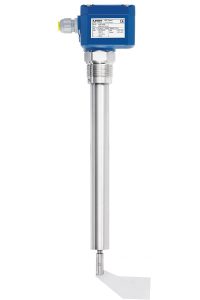
Level gauges
UWT rotary vane level sensor Rotonivo® RN 3002
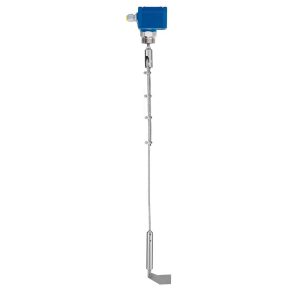
Level gauges
UWT rotary vane level sensor Rotonivo® – RN 3002
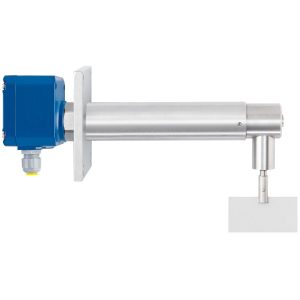
Level gauges
UWT rotary vane level sensor Rotonivo® – RN 3003
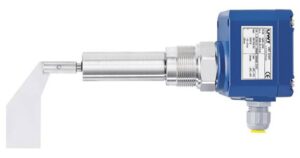
Level gauges
UWT rotary vane level sensor Rotonivo® – RN 3004
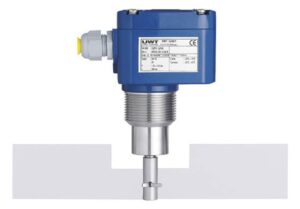
Level gauges
UWT rotary vane level sensor Rotonivo® – RN 3005
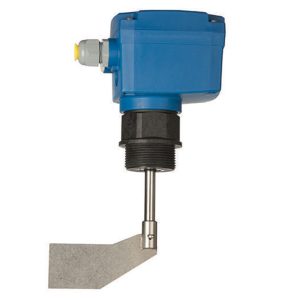
Level gauges
UWT rotary vane level sensor Rotonivo® – RN 4001

Level gauges
UWT rotary vane level sensor Rotonivo® – RN 6001
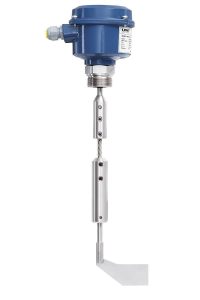
Level gauges
UWT rotary vane level sensor Rotonivo® – RN 6002
The highest quality of every product
Local support in your country
Customer service every step of the way
Smooth technical communication
Point Level Measurement
Level detectors detect media at a predefined position depending on the installation position.
Level detectors are mainly installed as full or empty detectors in the upper or lower part of a silo or container. This prevents the silo from overfilling or running empty. In combination with a level sensor, this results in a redundant system which additionally increases plant safety. If a certain fill level is of particular interest, the sensors can also be used as demand detectors.
There are different technologies for level detection, which have their advantages and disadvantages depending on the application. For the selection, numerous process conditions have to be considered, which the sensor technology has to cope with. In addition, the requirements for bulk solids sensors differ from those for liquid sensors. For this reason, UWT offers a broad portfolio of different technologies such as rotary paddle switches, vibration level switches and capacitive sensors. This allows us to individually address their requirements in order to always provide them with the best possible solution.

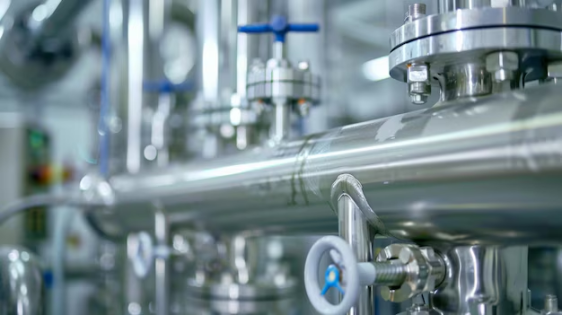
Typical challenges:
- Media type (e.g. bulk, powder, liquid, paste, etc.)
- Media properties (e.g. bulk density, conductivity, viscosity, etc.)
- Input conditions (e.g. tank material, tank geometry, installation position, installations within the tank, etc.)
- Process conditions (e.g. pressure, temperature, ambient conditions, explosion protection, hygiene requirements, etc.)
In addition to our point level detection sensors our product portfolio also includes a variety of continuous level measurement sensors which unlike limit level sensors can detect the exact level of a medium in real time.
Continuous level measurement
Unlike point level sensors, which can only detect a media level at a predefined point, level sensors detect the exact level of a medium in real time. The user is thus informed at all times about the current, percentage content of the container, which optimizes inventory management and reduces costs.
There are different technologies for continuous level measurement such as capacitive and radar sensors as well as electromechanical plumb bob systems, all have advantages but also disadvantages depending on the application. For the selection, numerous process conditions have to be considered, which have to be mastered for the sensor technology. In addition, the requirements for bulk solids sensors differ from those for liquid sensors. For this reason, UWT offers a broad portfolio of different technologies. This allows us to individually address their requirements to always provide them with the best possible solution.
Typical challenges:
- Media type (e.g. bulk, powder, liquid, paste, etc.)
- Media properties (e.g. bulk density, conductivity, viscosity, etc.)
- Input conditions (e.g. tank material, tank geometry, installation position, installations within the tank, etc.)
- Process conditions (e.g. pressure, temperature, ambient conditions, explosion protection, hygiene requirements, etc.)


Interface Measurement
When two liquids cannot be mixed, but separate from each other, this is called an interface. Oil and water is a good example for this phenomenon. Oil floats on water, which leads to the development of a separation layer at the transition point between the two liquids. The interface between two liquids is the first one of two varieties of interfaces.
The other one is solids that do not dissolve in liquids, but settle to the bottom, i.e. sediments in liquids. One example that can be cited is the sludge layer in a liquid.
The UWT product portfolio offers different solutions for monitoring these two types of interfaces. Both, point level sensors and level sensors, can be used for this purpose - depending on the application.
Level monitoring and visualisation
Level monitoring and visualization bring the levels to where the material planner, plant operator or supplier needs them. In the production area, in the office on the PC, on the road, on the cell phone or at external locations. The requirements range from simple digital displays to web server visualizations that also network silo systems at different company locations.
Central access to silo levels saves time and money in material procurement. Limit indicator signals must be evaluated in order to control pinch valves in the filling lines or alarm modules such as horns and flashing lights.
Visualization systems can also send e-mails that report a specific fill level, material requirement, or plant malfunction. Thus, systems for fill level indication, monitoring and visualization have important tasks to fulfill in order to enable smooth inventory control. This applies to both silo filling and material removal.

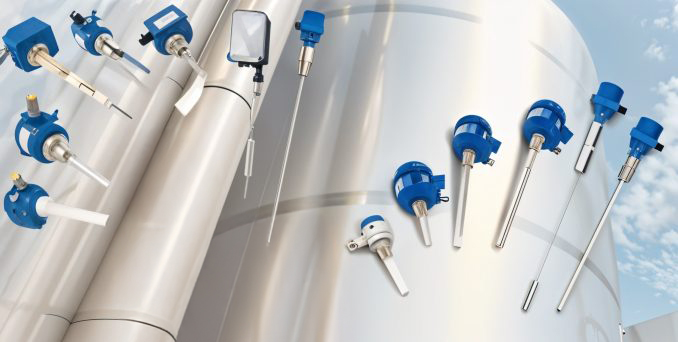
Our Product Portfolio:
UWT supply Point level measurement and Continuous level measurement sensors for bulk solids and liquids applications.
Different measurement techniques are used depending on the medium and application in question. A destinction is made between Point level detection, Continuous level measurement and Interface Detection.
Furthermore, we offer complete systems for Level Monitoring and Visualisation. Customers from around the world value us for our tailor-made solutions. We can supply complete system solutions to individual customer requirements. Our level measurement experts will support you from project planning through to commissioning.
Our level sensors are characterised by their reliability, easy handling and long service life.
RELATED ARTICLES
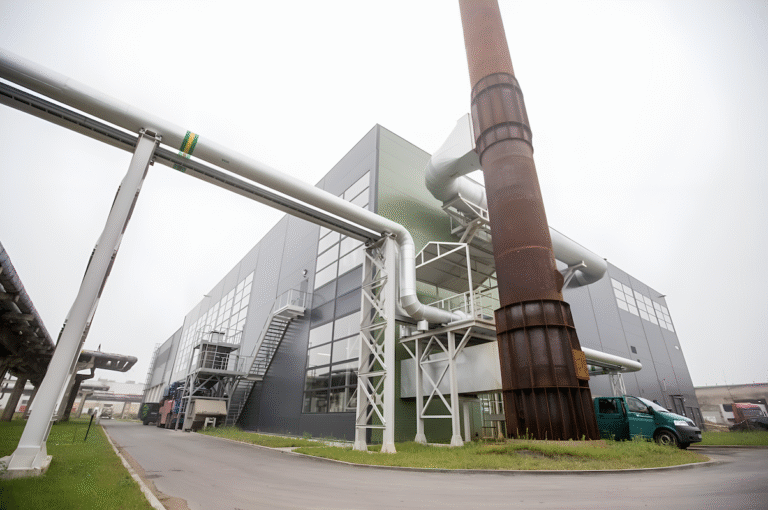
New VACON 100 FLOW 250 kW inverter at Foxita power plant
The company Invertas, UAB successfully implemented another technological project – installed, programmed and launched a VACON 100 FLOW 250 kW frequency converter...
More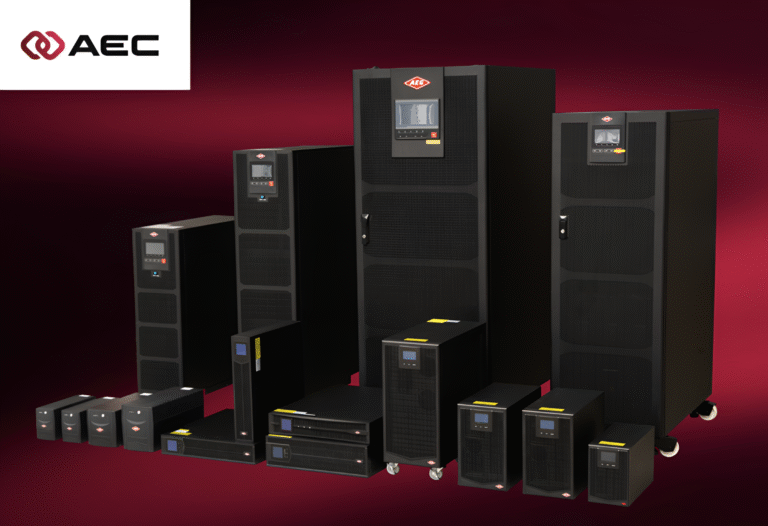
Invertas became the official representative of AEC International UPS in Lithuania
Invertas is proud to have become the official representative of AEC International – one of the most famous uninterruptible power supply (UPS) manufacturers in Europe – in Lithuania. This cooperation...
More